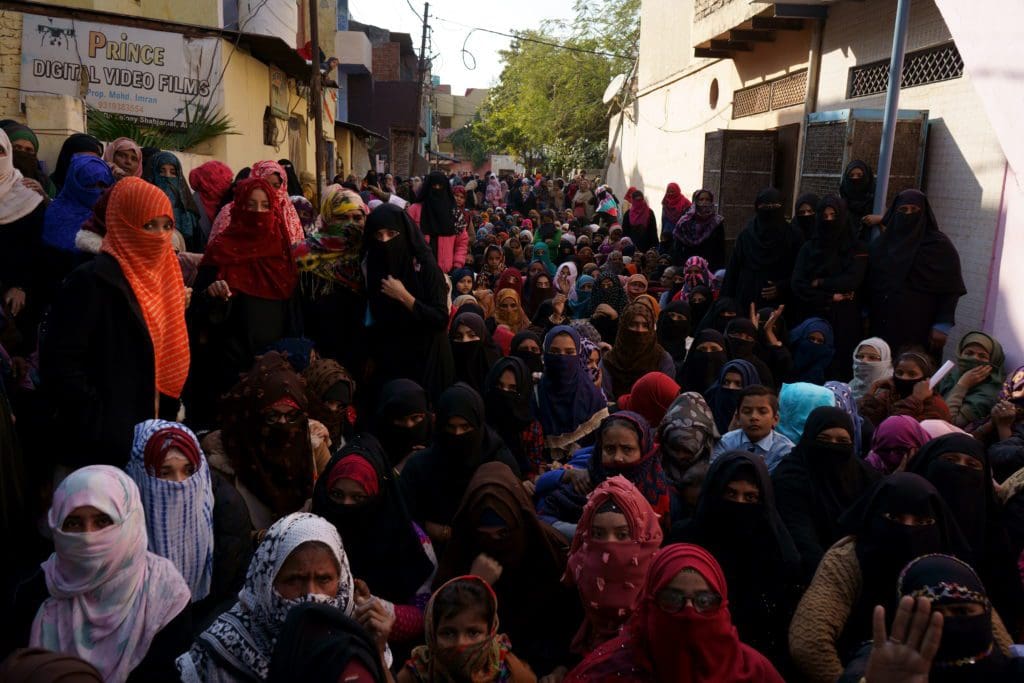
Indian cities have a high level of segregation based on both caste and religion—about as much as current levels of Black/White segregation in the United States, finds research by a group of international academics and economists.
The paper, ‘Residential Segregation and Unequal Access to Local Public Services in India: Evidence from 1.5m Neighbourhoods’ also found that government-supplied public services are less likely to be found in neighbourhoods with high numbers of SCs and Muslims.
Sharing the findings, economic professor Paul Novosad, tweeted that they worked for 5 years on it.
“Urban places are about as segregated as rural places, for Scheduled Castes. For Muslims, segregation is worse in cities,” Novosad said.
The paper, which covered 1.5 million neighbourhoods in cities and villages, found that since the government targets extra public services in districts with many SCs, the disadvantages in terms of access to services for SC “have closed or even reversed” if seen at a district-level.
According to the study, 26% of India’s Muslims live in neighbourhoods that are more than 80% Muslim; 17% of SCs live in neighbourhoods that are more than 80% SC. Scheduled Caste segregation in cities is just as high as it is in rural areas, and it is even higher for Muslims.
“The study is based on data from 2011–13. The neighbourhood patterns described in the paper are likely to be persistent and have emerged over decades of migration and policy. The results are not attributed to specific policies of any specific government, and due to the timing, say nothing about the policies of the current government or what has changed in the last decade.”
The study also observed that children growing up in SC and Muslim neighbourhoods fare worse than children in non-marginalized neighbourhoods in the same cities.
“This is true even for non-SC non-Muslim children growing up in SC and Muslim neighbourhoods. A child growing up in a 100% Muslim neighbourhood can expect to obtain two fewer years of education than a child growing up in a 0% Muslim neighbourhood. Kids living in SC neighbourhoods face a penalty only slightly smaller. The neighbourhood effect explains about half of the urban educational disadvantage of SC and Muslim children,” it stated.



